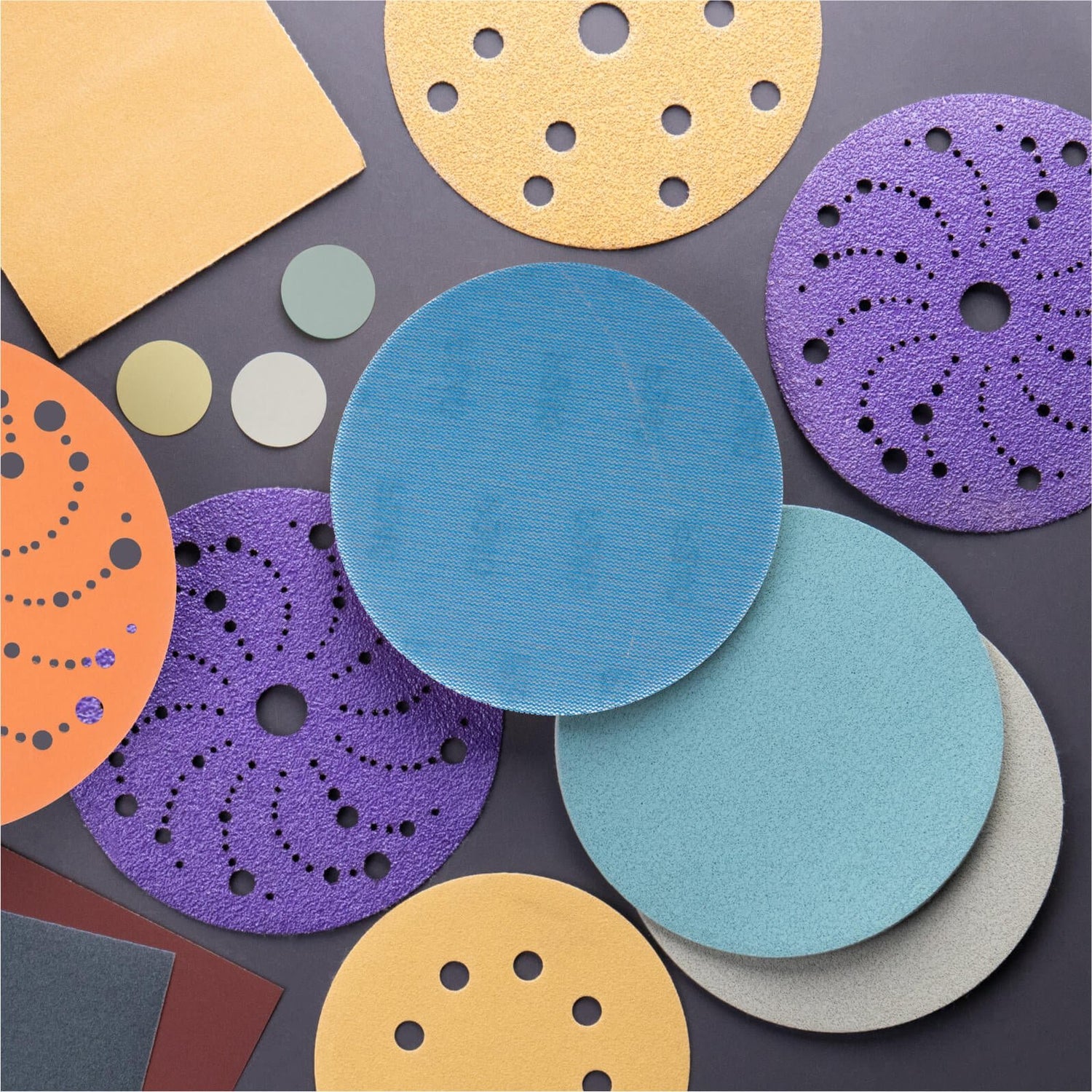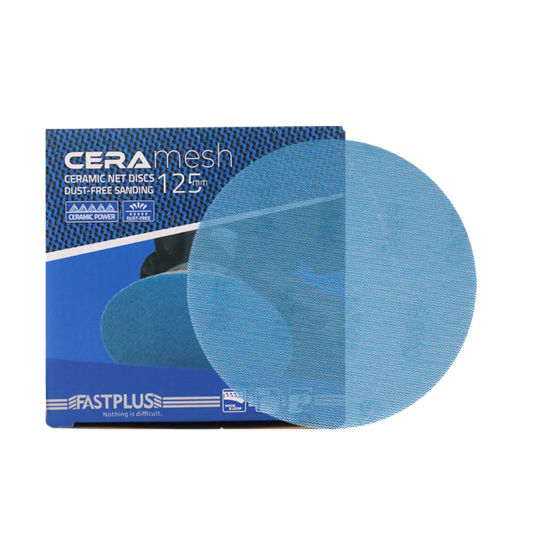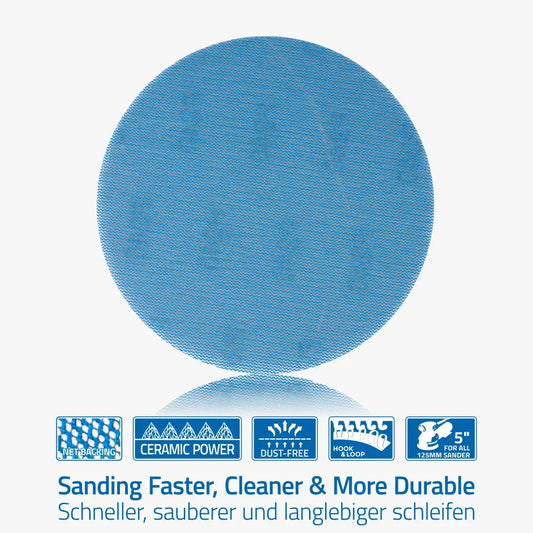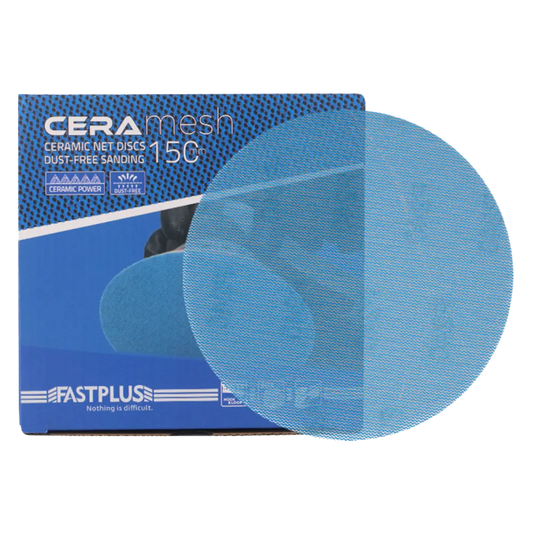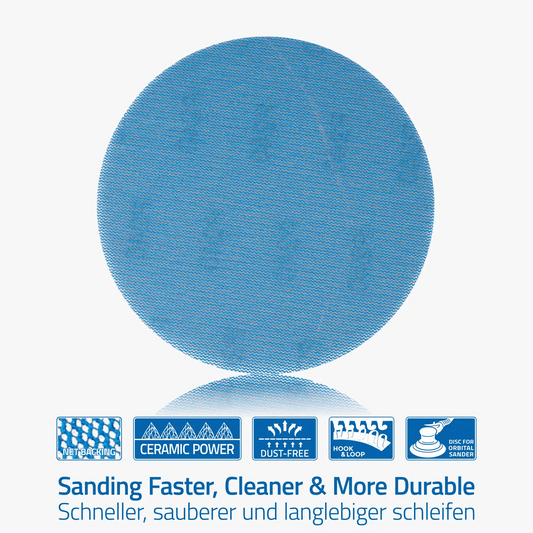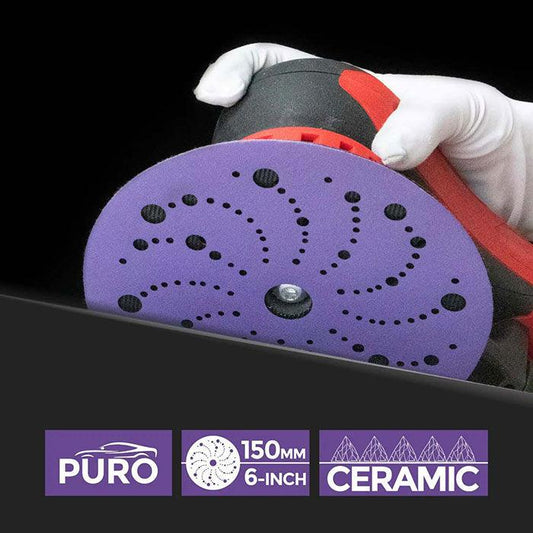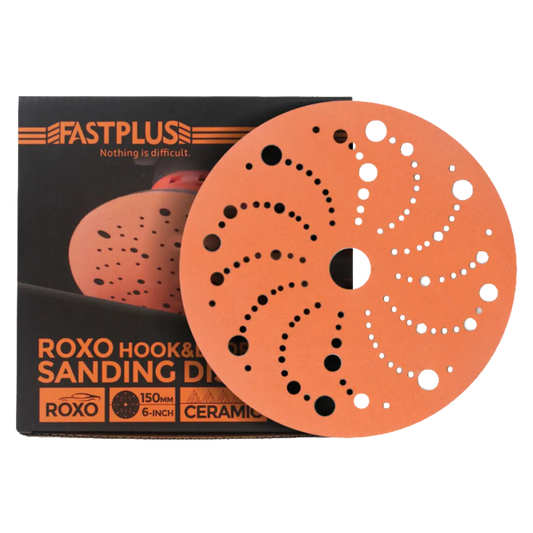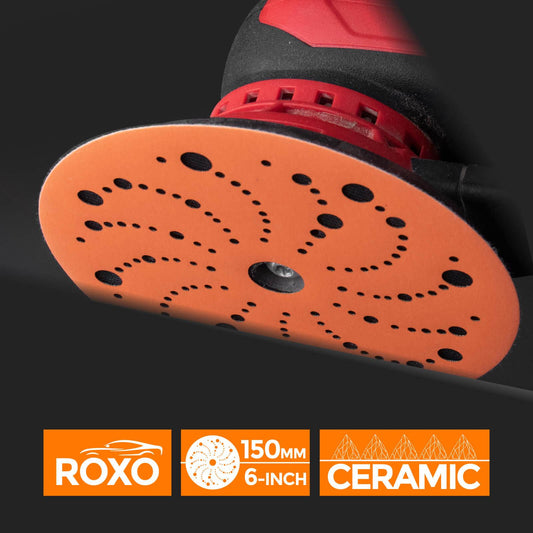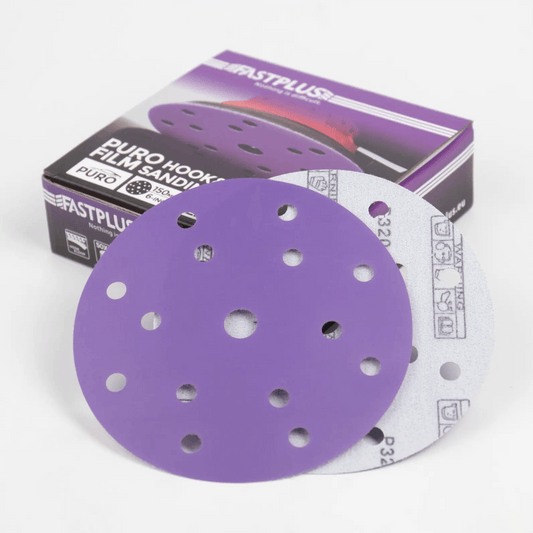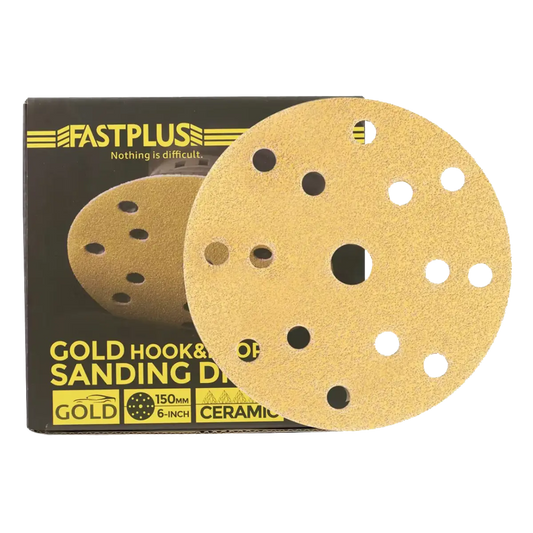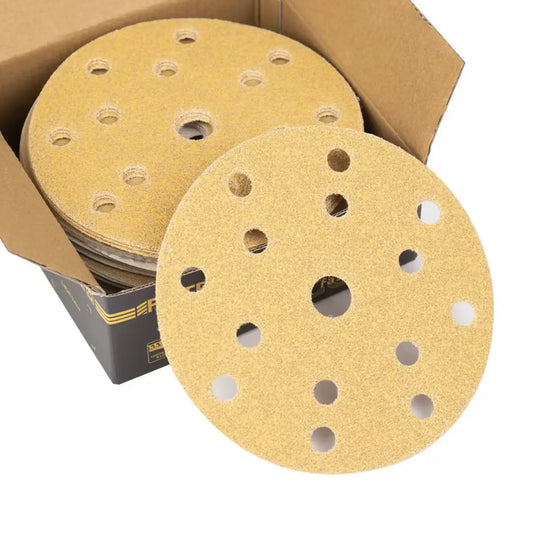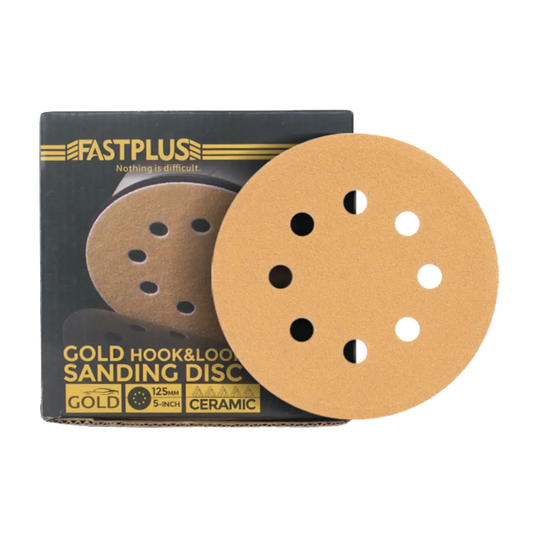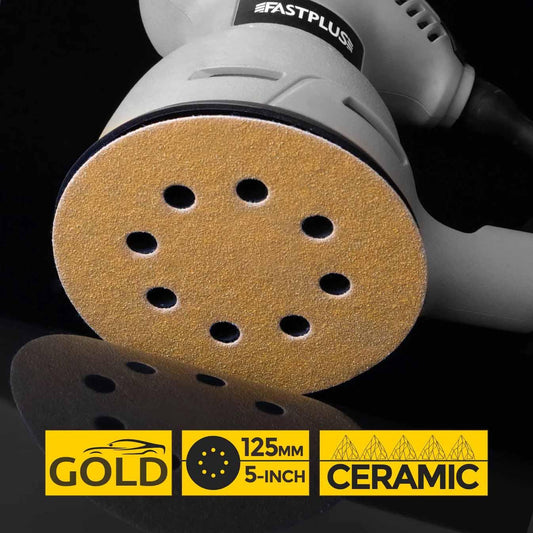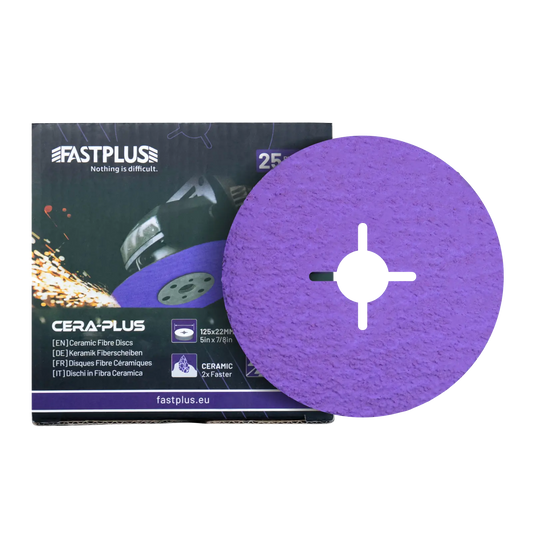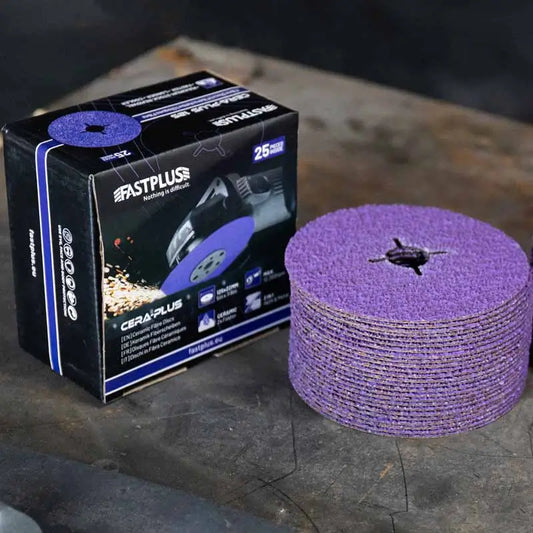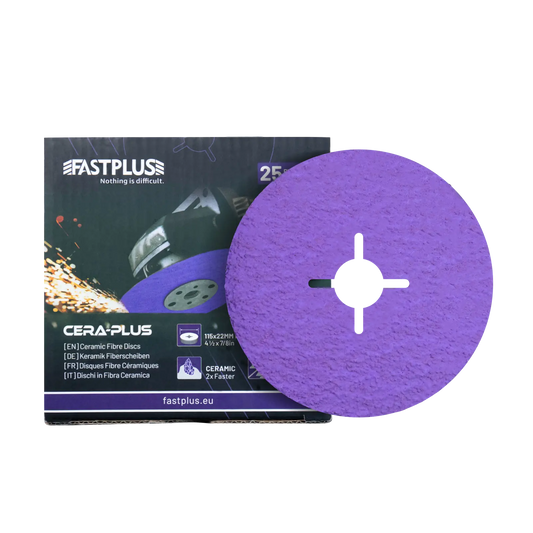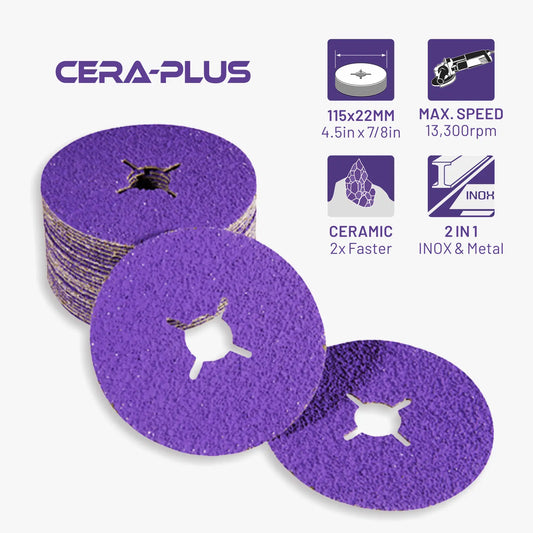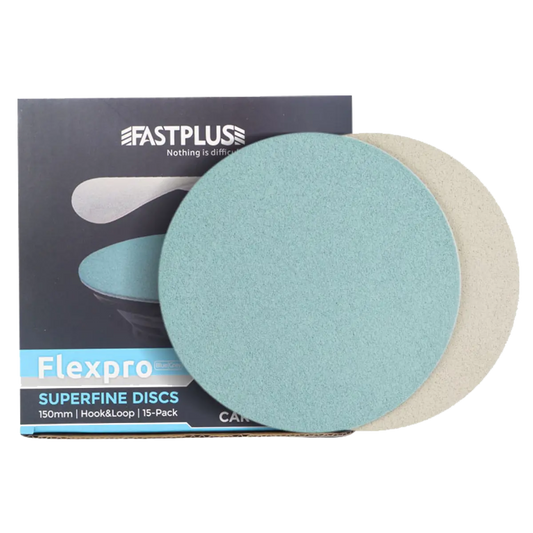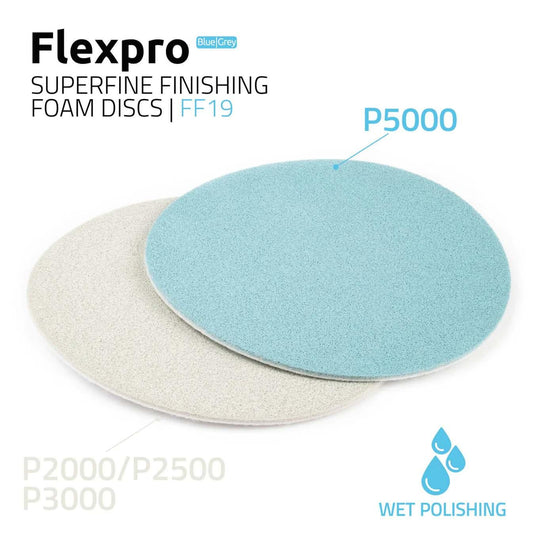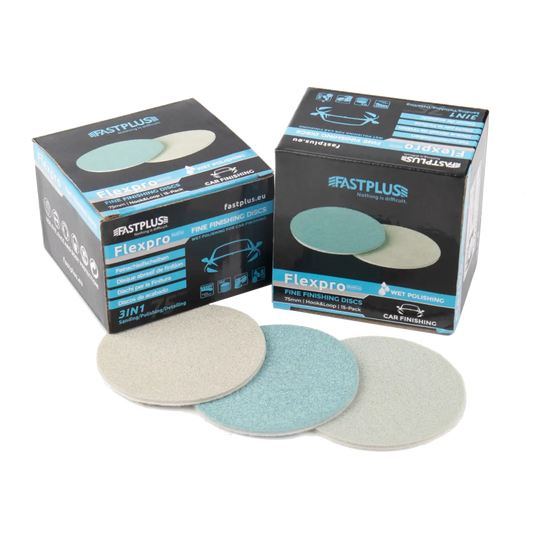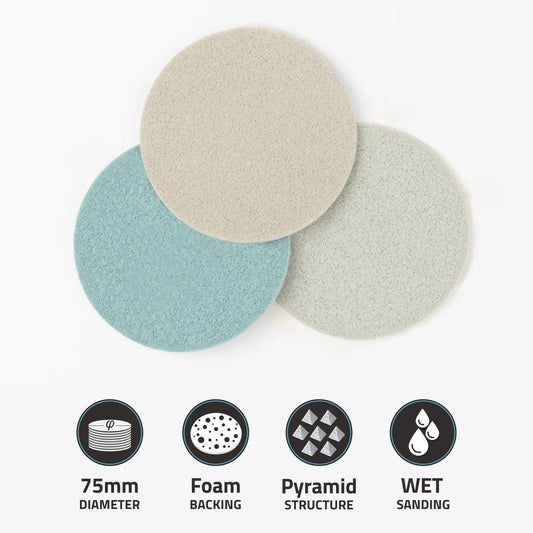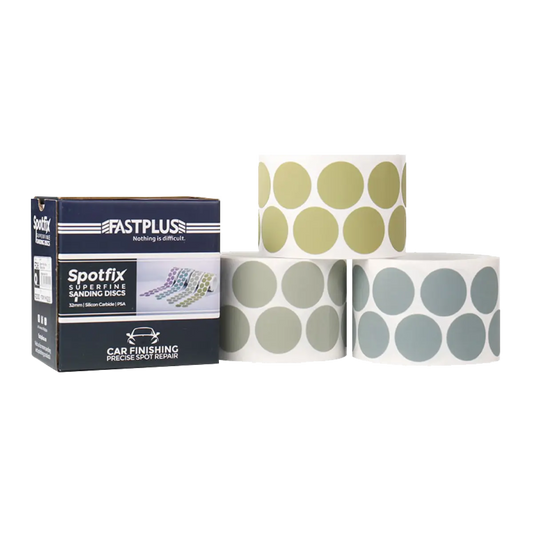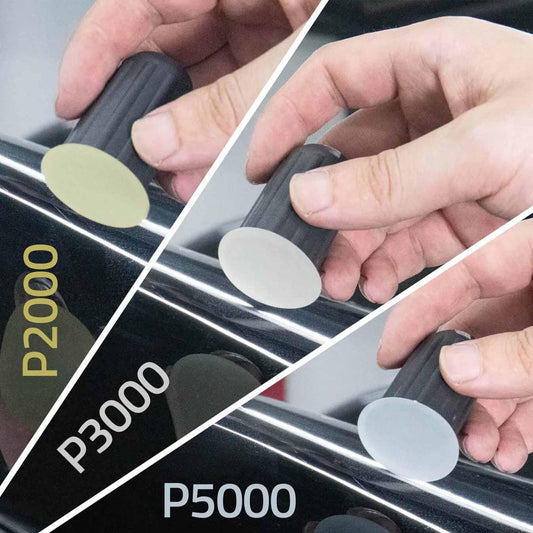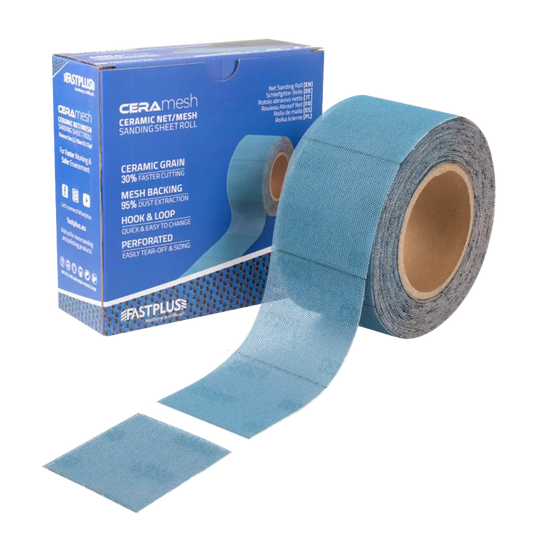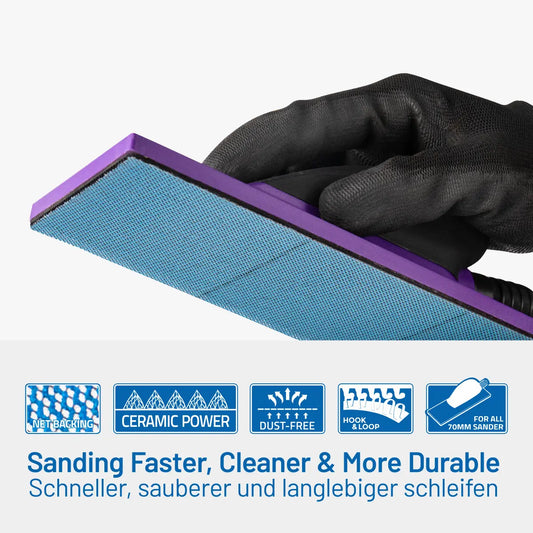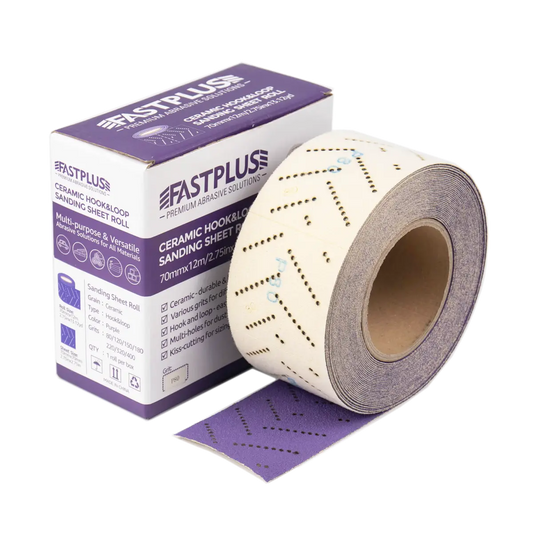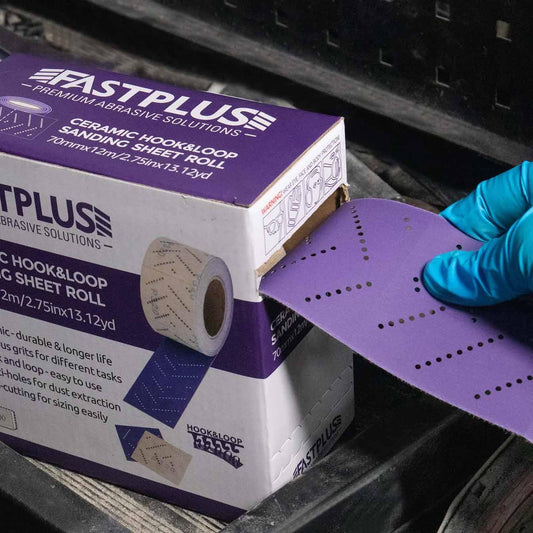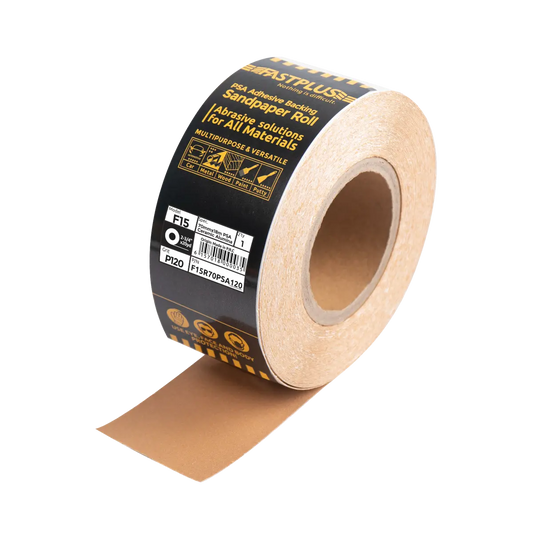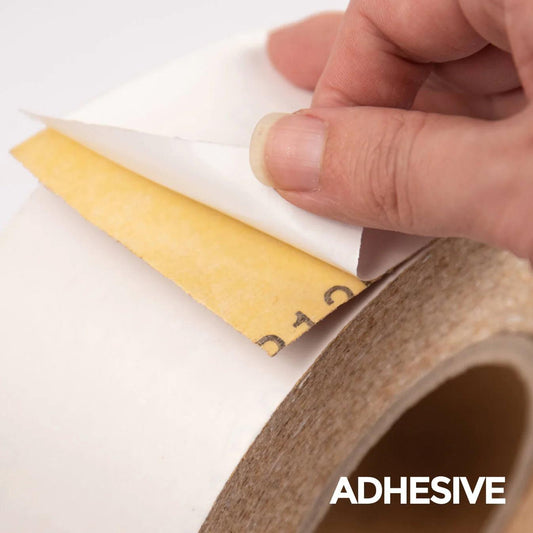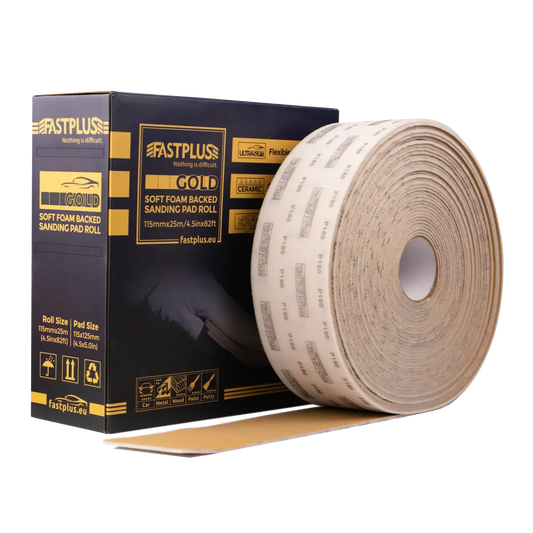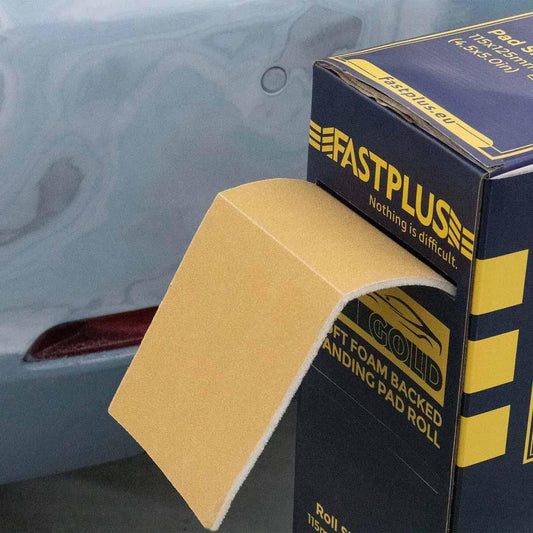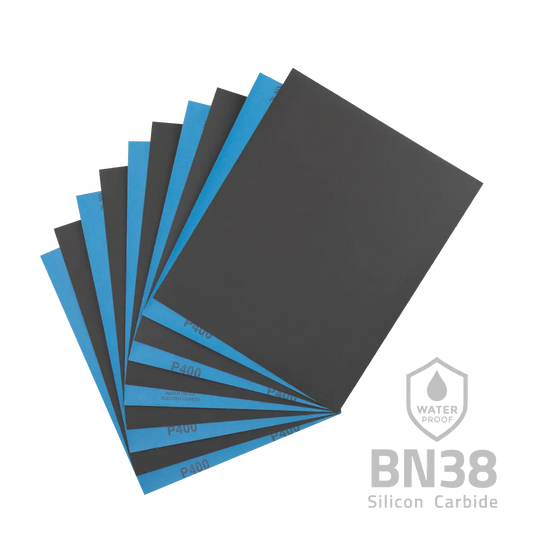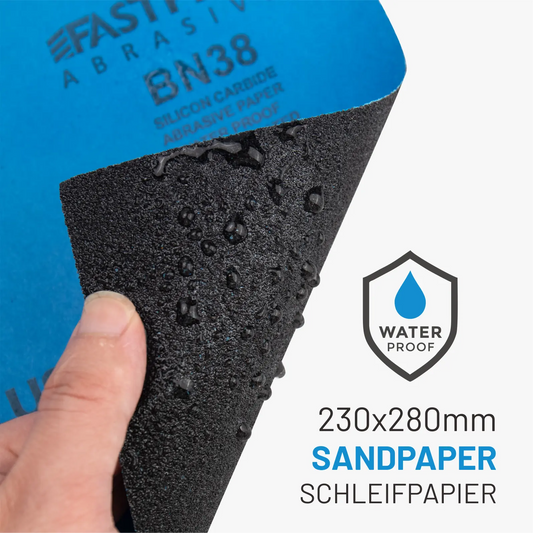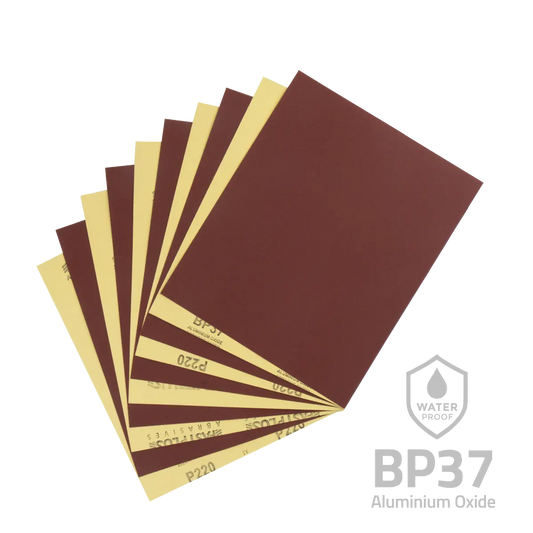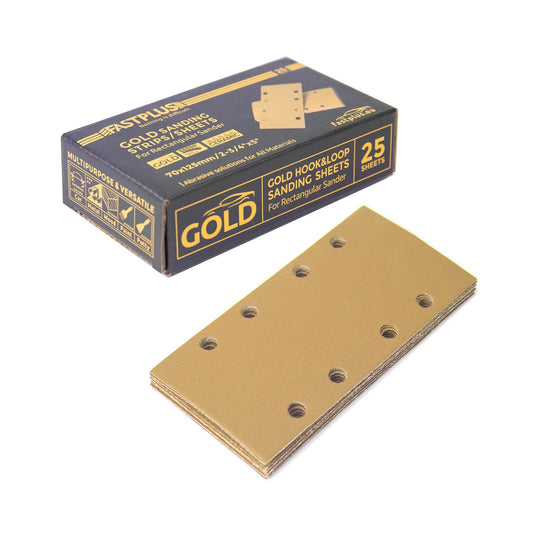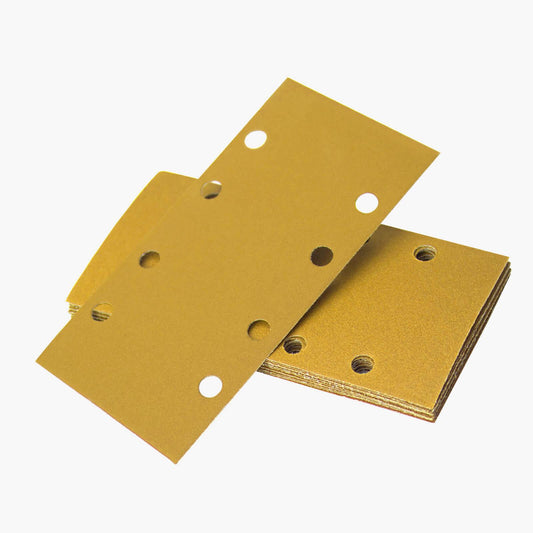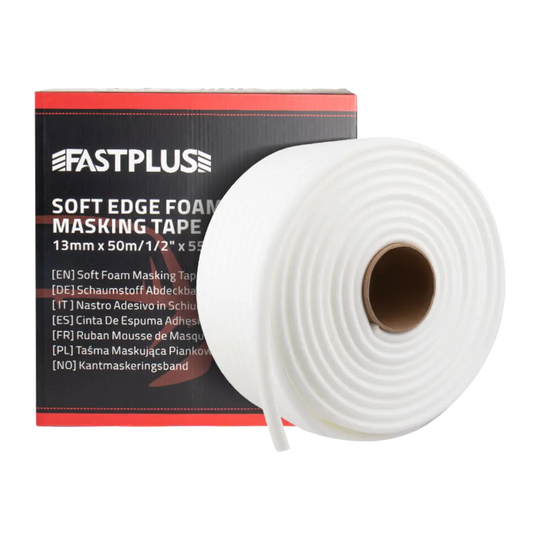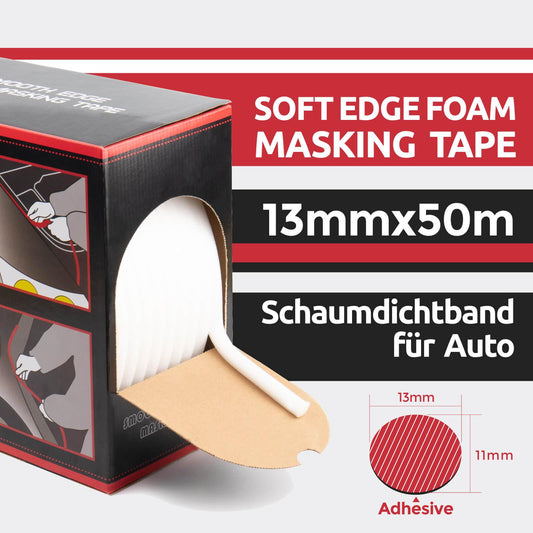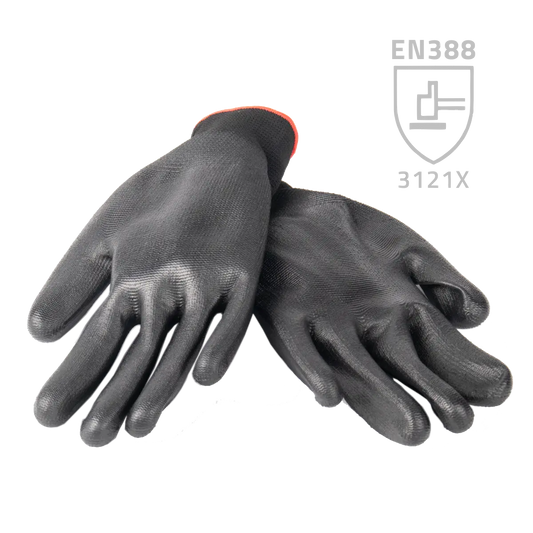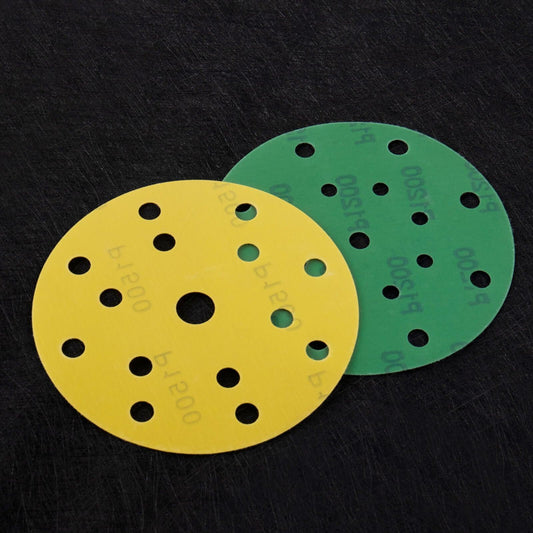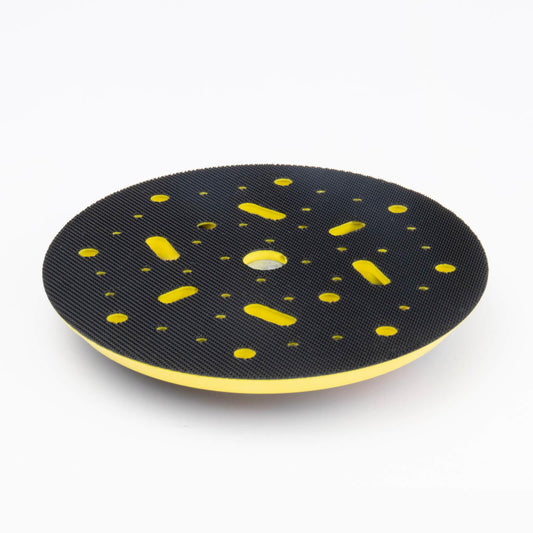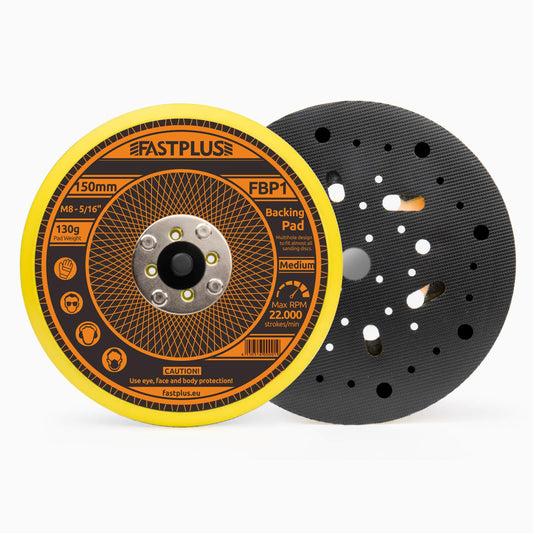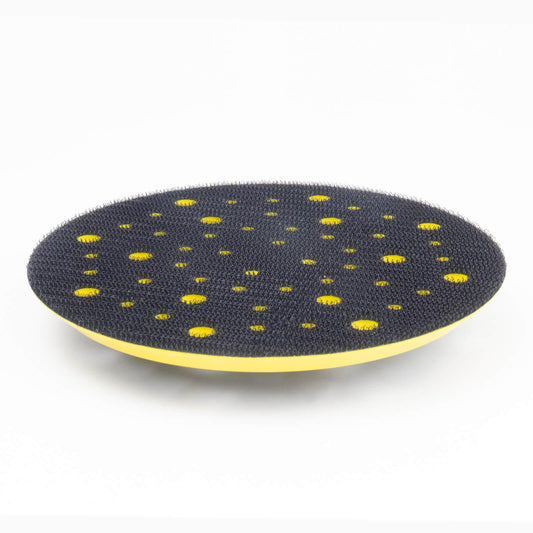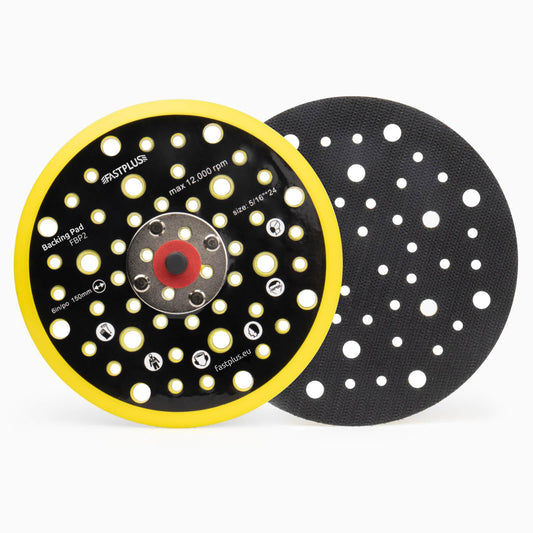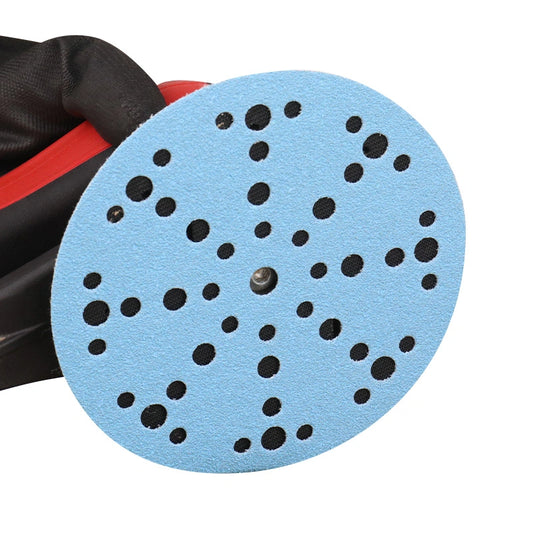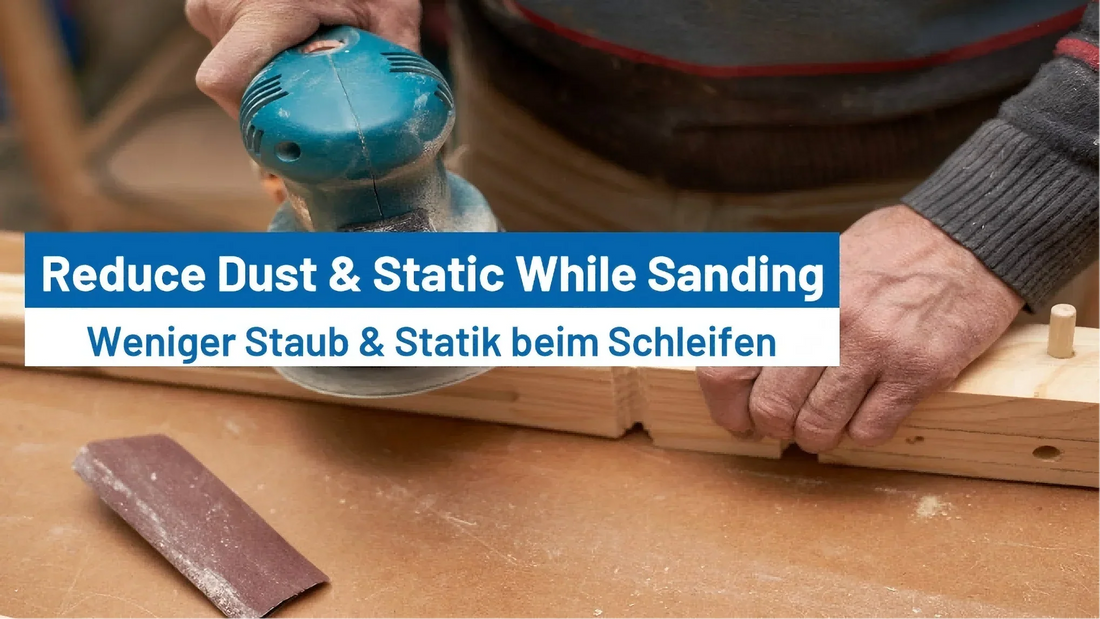
How to Minimize Dust and Static While Sanding?
Sanding is an essential task in many industries—whether it's woodworking, automotive refinishing, or metalworking. While sanding helps smooth and refine surfaces, it comes with a couple of unavoidable challenges: dust and static electricity. These issues not only affect the final finish but can also pose safety and health risks. In this blog post, we’ll dive into effective methods for reducing dust and loading static during the sanding process, improving both efficiency and safety.

Why Dust and Static Are a Problem in Sanding
Before we explore solutions, it’s important to understand why dust and static are so problematic.
- Dust: When you sand a material, fine particles are created, which are released into the air. These dust particles can cause respiratory issues if inhaled over time. Dust can also mar the finish, causing uneven application of paint, varnish, or other coatings. Plus, dust can clog sanding discs, reducing their effectiveness and shortening their lifespan.
- Static Electricity: Sanding generates friction, which can lead to static electricity buildup. This static can attract dust particles back onto the surface you’re working on, resulting in a poor finish. Static also causes sanding discs to load up faster, which leads to more frequent disc changes and inefficient sanding.
Reducing both dust and static improves the sanding process, ensures better surface finishes, and helps maintain a cleaner, safer workspace.
How to Reduce Dust While Sanding
Dust control is crucial for maintaining air quality and ensuring the quality of your work. Here are some methods to reduce dust generation during sanding:
1. Use a Dust Extraction System
A dust extraction system is one of the most effective ways to capture dust before it disperses into the air. These systems are designed to collect dust at the source, ensuring that your workspace stays cleaner.
- Portable Dust Extractors: Ideal for small workshops, these are portable units that connect directly to your sander. They suck dust into a containment bag or container, reducing airborne particles.
- Industrial Dust Collectors: For larger operations, industrial dust collectors are more powerful and are designed to handle larger volumes of dust. They can be installed in workshops or factories and can be connected to multiple machines.
Why it works: Using a dust extraction system prevents dust from spreading in the air, protecting workers from inhalation hazards and maintaining a cleaner work area. It also prevents dust from settling back on the surfaces you're sanding.
2. Sanding With Vacuum Attachments
Many modern sanders come equipped with vacuum attachments that help capture dust as it’s created. These attachments connect directly to the sander and a vacuum hose, pulling dust into a vacuum canister or filter bag.
- Orbital Sanders: Most orbital sanders feature built-in dust collection systems that connect to a vacuum. This setup ensures that dust is immediately sucked up as it’s generated, preventing it from floating in the air.
Why it works: Vacuum attachments provide real-time dust removal, meaning less dust accumulates in the air or on surfaces. This ensures a cleaner workspace and better finishes on your materials.
3. Wet Sanding
For certain materials, like automotive paint or drywall, wet sanding is a great option for controlling dust. This method involves using water to dampen the surface as you sand, which traps the dust in the water, preventing it from becoming airborne.
Why it works: Wet sanding keeps dust to a minimum, preventing it from spreading throughout the workspace. Plus, it provides a smoother finish, especially on painted surfaces.
Note: Wet sanding is not suitable for all materials, particularly metals, as water can cause rust. Always check if the material is compatible before using this method.
4. Protective Gear
While these methods help control dust, wearing the right protective gear is essential to safeguard your health.
- Respirators or Dust Masks: Protect your lungs from inhaling fine dust particles.
- Safety Goggles: Prevent dust from getting into your eyes.
- Protective Clothing: Prevent dust from sticking to your clothing and transferring to other surfaces.
How to Reduce Loading Static While Sanding

Static electricity is another challenge that can affect the quality of your work. It can attract dust particles back onto your sandpaper, reduce its effectiveness, and even create safety risks. Here are some ways to reduce static while sanding:
1. Use Anti-Static Sanding Discs
Anti-static sanding discs are designed to dissipate static electricity as it forms, preventing it from attracting dust back to the sanding surface. These discs are typically coated with materials that neutralize the static charge, ensuring that your sanding process remains efficient.
Why it works: Anti-static sanding discs help maintain consistent sanding performance by reducing the amount of dust sticking to the paper. This helps ensure a smoother, cleaner finish.
2. Ground Your Sander
Another effective method for reducing static is grounding your sander. Many sanders come with grounding attachments, which you can connect to a grounded power source. This helps dissipate the static charge as it’s generated.
Why it works: Grounding prevents static from accumulating on the sanding surface, helping to reduce dust attraction and preventing the formation of sparks.
3. Control Humidity
Static electricity is more likely to build up in dry environments. By maintaining proper humidity levels in your workspace, you can reduce the chances of static buildup. The ideal humidity for reducing static is between 40-60%.
Why it works: Moisture in the air makes it harder for static charges to accumulate on materials. A humid environment can help keep the static charge under control, preventing it from attracting dust.
4. Use Anti-Static Mats
In certain setups, you can also place anti-static mats in your work area. These mats help dissipate static charges that build up during sanding.
Why it works: Anti-static mats provide a safe pathway for the charges to flow into the ground, preventing them from accumulating on your sander or the work surface.
Final Thoughts
Reducing dust and static while sanding is essential for achieving high-quality finishes and ensuring the safety of workers. By implementing the methods discussed—using dust extraction systems, wet sanding, grounding your tools, and choosing anti-static sandpaper—you can create a cleaner, safer, and more efficient sanding environment. These solutions not only improve the air quality and reduce health risks but also extend the lifespan of your sanding tools and equipment.
So, whether you're working on a DIY project at home or in an industrial setting, these tips will help you reduce dust and static, improve the quality of your work, and create a healthier workspace.
